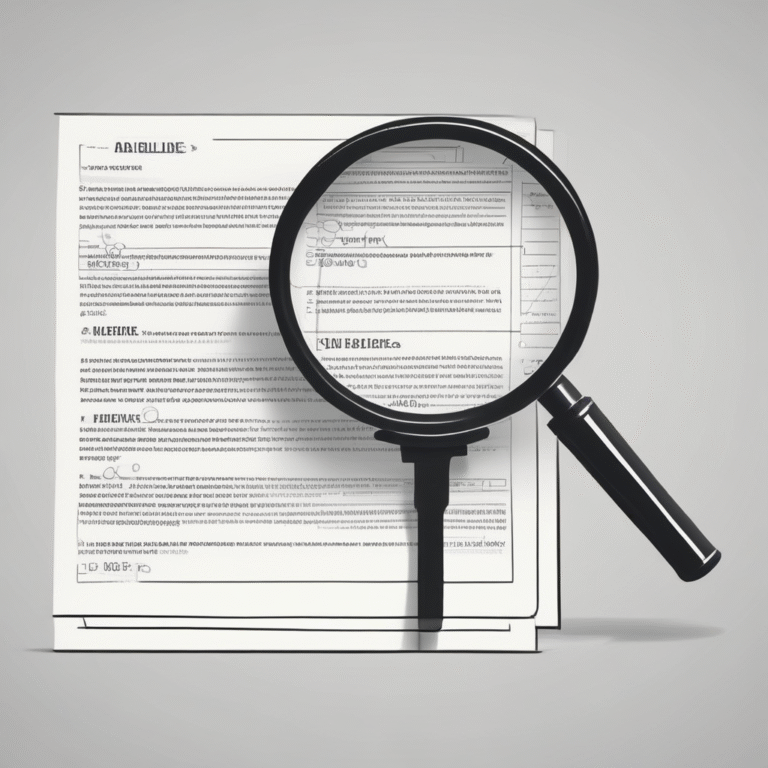AI Regulation in the UK and EU
The landscape of artificial intelligence (AI) regulation is rapidly evolving, particularly in the UK and EU, as stakeholders strive to balance innovation with the protection of citizens and society. This article explores the key elements of AI regulation, the emerging risks associated with AI technologies, and the compliance challenges faced by businesses.
Overview of the AI Landscape
The definition of artificial intelligence has shifted over time, as different technologies have been labelled as AI, leading to various hype cycles. A notable example includes the excitement surrounding expert systems in the 1990s, which later dissipated during the so-called AI winter. Currently, attention has turned to transformer models, marking the end of the AI winter and the emergence of a new hype cycle.
Transformers are statistical models that have gained recognition in public discourse, primarily for their ability to generate data, text, images, audio, and video based on contextual prompts. However, this new capability introduces unique risks. The probabilistic output from these models can result in varying quality, including excellent, average, or erroneous outputs, known as hallucinations. As the performance of large public models such as GPT and LAMA improves, the need for transparency regarding their training data becomes critical. Existing privacy and copyright regulations, such as the General Data Protection Regulation (GDPR), are being re-evaluated to accommodate these new technologies.
Emerging Risks in AI
As AI technologies become more integrated into various sectors, several emerging risks have surfaced. Issues surrounding algorithmic transparency and privacy are particularly concerning. The black box problem refers to the opacity and lack of explainability in complex language models, which can obscure how decisions are made. This can lead to biased outcomes if models are trained on flawed data sets, impacting critical areas such as healthcare, employment, and law enforcement.
When AI systems cause harm, determining accountability is often complex, especially if these systems are automated or lack sufficient human oversight. Privacy risks also arise from the extensive amounts of personal data required for training and deploying AI systems.
The EU’s AI Act
In August 2024, the EU AI Act came into force, representing the first comprehensive legislation on AI worldwide. The Act aims to promote safe and trustworthy AI, safeguard fundamental rights, and foster innovation while mitigating risks associated with AI technologies. It employs a risk-based approach, categorizing AI systems as high-risk, limited-risk, or minimal or no-risk.
High-risk AI systems face stringent compliance requirements, including third-party conformity assessments and registration in a European Commission database. The challenges for organizations lie in accurately determining the risk category of their AI systems and ensuring compliance with the extensive governance requirements that accompany high-risk classifications.
Comparative Approaches to AI Regulation
The regulatory approaches taken by the UK and EU diverge significantly. The UK has adopted a light touch, principles-based approach to AI regulation, as outlined in its White Paper from March 2023. This framework promotes safety, transparency, fairness, accountability, and proportionality in AI innovation.
In contrast, the EU’s regulations are more stringent, emphasizing transparency and the protection of citizens’ rights. The UK’s approach has attracted AI developers, but some stakeholders argue that it favors innovation at the expense of necessary regulatory oversight.
The US, meanwhile, focuses on fostering entrepreneurship and economic growth, resulting in a more fluid regulatory environment. Although there is no comprehensive federal law akin to the EU’s AI Act, several state-led initiatives and proposed federal laws aim to address AI governance.
Balancing Innovation and Regulation
As AI continues to evolve, achieving a balance between protecting society from AI risks and fostering innovation is paramount. The UK’s National AI Strategy emphasizes the need for effective governance that encourages investment while safeguarding public values.
In the EU, the AI Act prioritizes transparency and the safeguarding of fundamental rights, albeit with concerns that its stringent nature may stifle innovation, particularly for small and medium-sized enterprises.
Future Demands and Compliance Challenges
As AI technologies integrate further into business processes, both UK and EU regulations are likely to impose additional demands related to data protection, consumer protection, and product safety. For instance, the UK government is considering reforms to existing data protection laws to streamline the development and deployment of new technologies.
The intersection of AI regulation with existing frameworks like the GDPR will create further compliance challenges. Companies deploying AI systems reliant on large datasets may need to demonstrate adherence to data minimization and purpose limitation principles.
Overall, as regulatory frameworks evolve to accommodate AI, businesses must develop proactive, cross-jurisdictional compliance strategies to navigate the complex and sometimes contradictory requirements of AI regulations.










